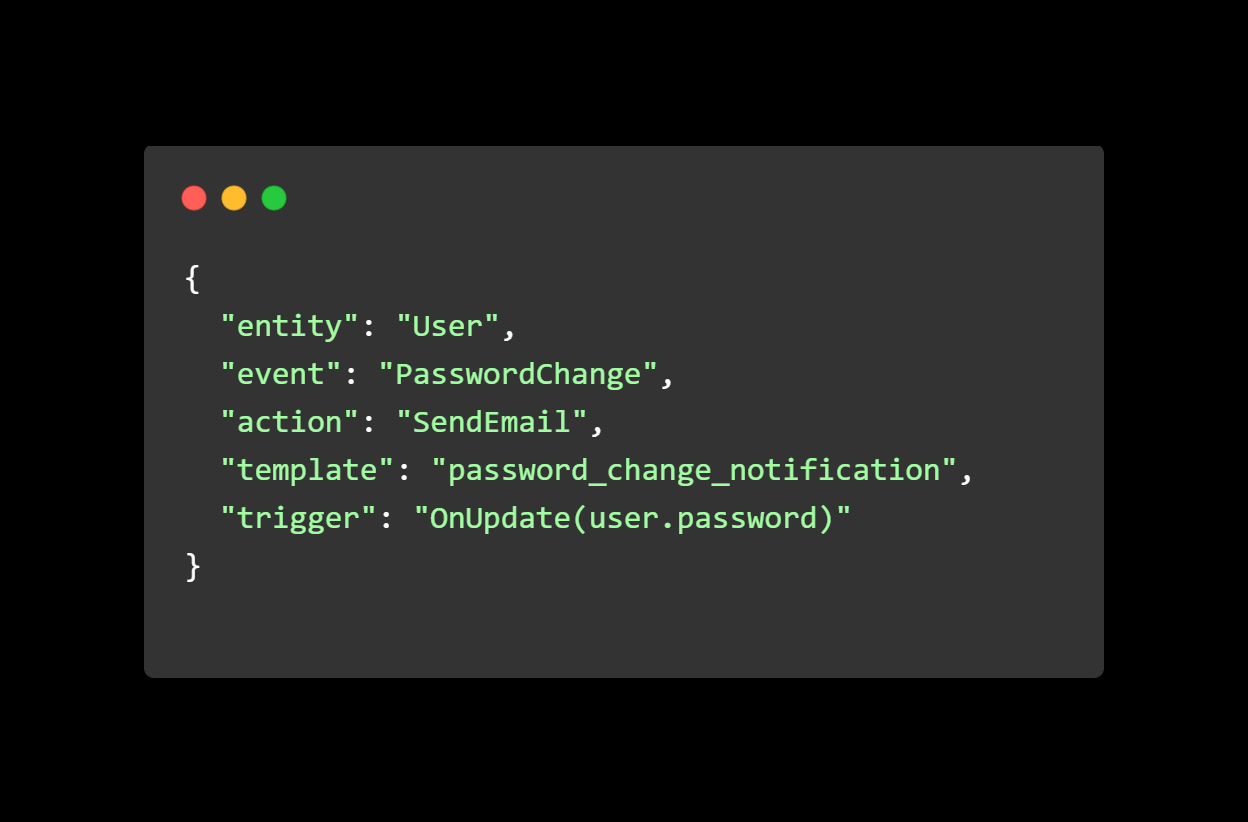November 14, 2025
Software leaders today are investing heavily in automation across testing, deployment, and delivery. Yet, one part of the SDLC remains largely untouched - the point where ideas become requirements.
That’s where execution slows down; costs rise, and alignment breaks.
ReqSpell changes this foundation.
It introduces automation at the requirement level, turning human-written specifications into structured, machine-readable intelligence that can drive development, testing, and DevOps workflows seamlessly.
The Core Problem: Requirements Don’t Scale with Engineering
Even in the most advanced organizations, requirements remain the weakest link in the automation chain.
They’re written in natural language - ambiguous, unstructured, and open to interpretation.
A simple line like:
“The system should allow admins to manage user permissions.”
can trigger endless follow-up clarifications.
Developers guess intent. QA defines its own logic. Product managers chase alignment.
Every layer works on interpretation, not data.
Traditional documentation tools capture text - they don’t understand it. Reqspell brings semantic understanding to this process.
How ReqSpell Works
ReqSpell acts as an AI intermediary between business logic and development workflows.
It reads natural language requirements, identifies the entities, actions, and dependencies, and outputs a structured, queryable model that downstream systems can act on.
Example:
Input:
“The system should send an email to users when their password is changed.”
ReqSpell Output:
This output isn’t just documentation—it’s machine-ready data that connects to your code generation, test automation, and CI/CD pipelines.

Strategic Impact for Technology Leadership
1. Reduce Time-to-Build
Teams move from idea to implementation within hours. Structured requirements eliminate ambiguity and accelerate development cycles.
2. Enable End-to-End Traceability
ReqSpell auto-links requirements to code, APIs, and test cases - providing continuous visibility across the SDLC.
3. Improve Alignment Across Functions
A single semantic source of truth ensures product, QA, and engineering remain in sync through every sprint.
4. Strengthen Governance and Compliance
With audit-ready traceability, ReqSpell helps enterprises operating in regulated domains maintain full control over requirement changes.
Where ReqSpell Fits in the AI-First SDLC
ReqSpell serves as the entry point to an intelligent, automated software pipeline:
- ReqSpell: Structures and understands requirements.
- CodeSpell: Converts those structured specs into clean code scaffolds.
- TestSpell: Generates test cases automatically from structured logic.
This connected flow ensures every stage of software delivery is driven by accurate, context-aware data.
Continuous Traceability That Scales
ReqSpell maintains a live map between requirement, code, and test. When a requirement changes, the entire dependency chain updates automatically.
For complex or enterprise-scale systems, this transforms maintenance from reactive firefighting into proactive control reducing regression risk and improving delivery predictability.
Why ReqSpell Isn’t Just Another Documentation Tool
Unlike tools that store requirements, ReqSpell understands them.
It transforms human intent into structured data that other systems can reason with making automation possible at the requirement level.
Your stories aren’t just written; they’re connected, queryable, and dynamically linked to real code and test logic.
The Measurable Advantage
The result is higher velocity, cleaner governance, and a measurable ROI on every sprint.
Final Perspective
ReqSpell bridges the final automation gap in modern software delivery, the one between human intent and machine execution.
By structuring natural language requirements into actionable intelligence, it empowers organizations to move from interpretation to automation.
For technology leaders seeking predictability, scalability, and velocity in an AI-first world, Reqspell represents a foundational shift where clarity becomes code.

.png)






.png)
.png)